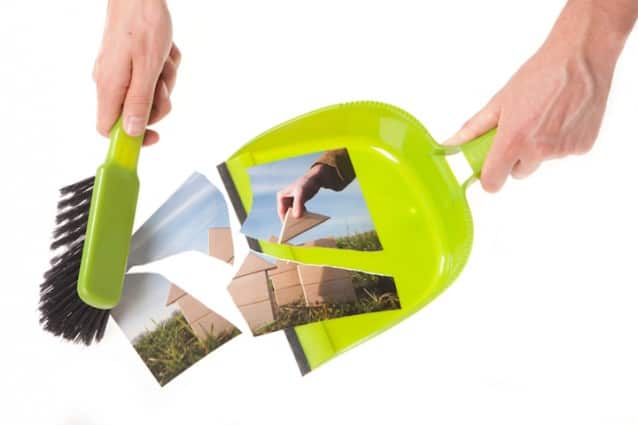By and large, building material manufacturers consistently produce high-quality products that perform the way they should for consumers. But when a problem arises with a building product, it usually stems from an installation issue and not from the product itself.
Based on my years of experience in the industry, I estimate this to be true 95% of the time. Before I delve into how to minimize your profit loss let’s investigate the reasons why installation errors even happen.
There are 3 main factors that I’ve identified on how installation errors happen:
1. Shortage of qualified labor. This causes contractors to hire less experienced people who they then train on the job, which can lead to mistakes.
2. Specifiers are overwhelmed. When it comes to commercial projects, there are too many products and systems for the specifier to be an expert on all of them. They are also understaffed and under pressure to move quickly. The result is that many times, they simply cut and paste a spec from a previous project without realizing the incompatibility.
3. Shortsightedness. When it comes to releasing new products, manufacturers rush to get them to market as fast as possible. They make the mistake of assuming there won’t be any problems with installations but unfortunately there almost always is.
So, how do these factors add extra costs to the building material manufacturer?
1. Lost time. It takes time and expense for a sales or technical rep to diagnose the situation. There is also the added time it takes for someone in management to review the situation and make a decision. And finally, there’s the time it takes for these people to negotiate a settlement.
This takes valuable time away from what they are supposed to be doing, which is selling more products.
2. Legal and settlement costs. There are legal and settlement costs that a manufacturer may choose to spend, even if they are not in the wrong.
3. Damage to reputation. Installation errors may cause damage to a company or product’s reputation and perhaps even the whole product category. It’s hard enough to get a new type of product introduced without having the negative opinion of “sounds looks a good idea, but it will just be too much trouble to make the switch. I don’t have any problems with what I use now.”
4. Added costs for liability insurance.
You want to lower your insurance costs…not raise them.
What’s a building materials manufacturer to do? Here are my top 5 suggestions on how they can control and lower the costs of installation errors:
1. Measure the costs. Right now, these costs tend to be measured in payouts, legal and insurance expenses. Companies should also measure how many times there is a problem and assign a cost for the lost productivity of the people involved.
2. Don’t look at installation training costs as an added marketing expense. Look at them as an insurance cost.
3. Invest in more effective training tools.
• Ditch the “cover my ass” manuals that no one reads.
• Provide visually engaging learning tools like more videos and infographics that “show” rather than “tell”.
• Provide quick start training tools for new hires
• Provide training materials in both English and Spanish
• Consider a course with multiple steps and tests that lead to a certificate of completion. A step like this also gives the installer a sense of pride in his work. If he is proud of his job, he is more likely to stay in the field. This makes the contractor happy. It also helps you by having better installers.
4. Get the specs right. Offer a spec check program that makes it easy for specifiers to connect directly with the manufacturer for the best spec suggestion. Train local distributors on how to do this without losing the spec.
5. Don’t rush new products to market. Introduce them on a local or regional basis first and wait for the problems to arise (which they will). Fix them and then go national. In the tech industry where feedback carries its weight in gold, Software companies are known for constantly debugging their products before an official introduction. Even after they have tested internally, they will still send out Beta versions to customers who are encouraged to find problems to be fixed. Most building material companies don’t have a process in place for this valuable step.
When I work with my building material clients, I always look for ways to help them be more efficient and cost effective. One of those ways is to lower the costs of installations errors. By lowering your installation errors you create savings and improve your sales which, ultimately, add to your profits.
Subscribe To My Newsletter
If you like what I say, sign up for my newsletter here and get my weekly newsletter every Sunday night.









